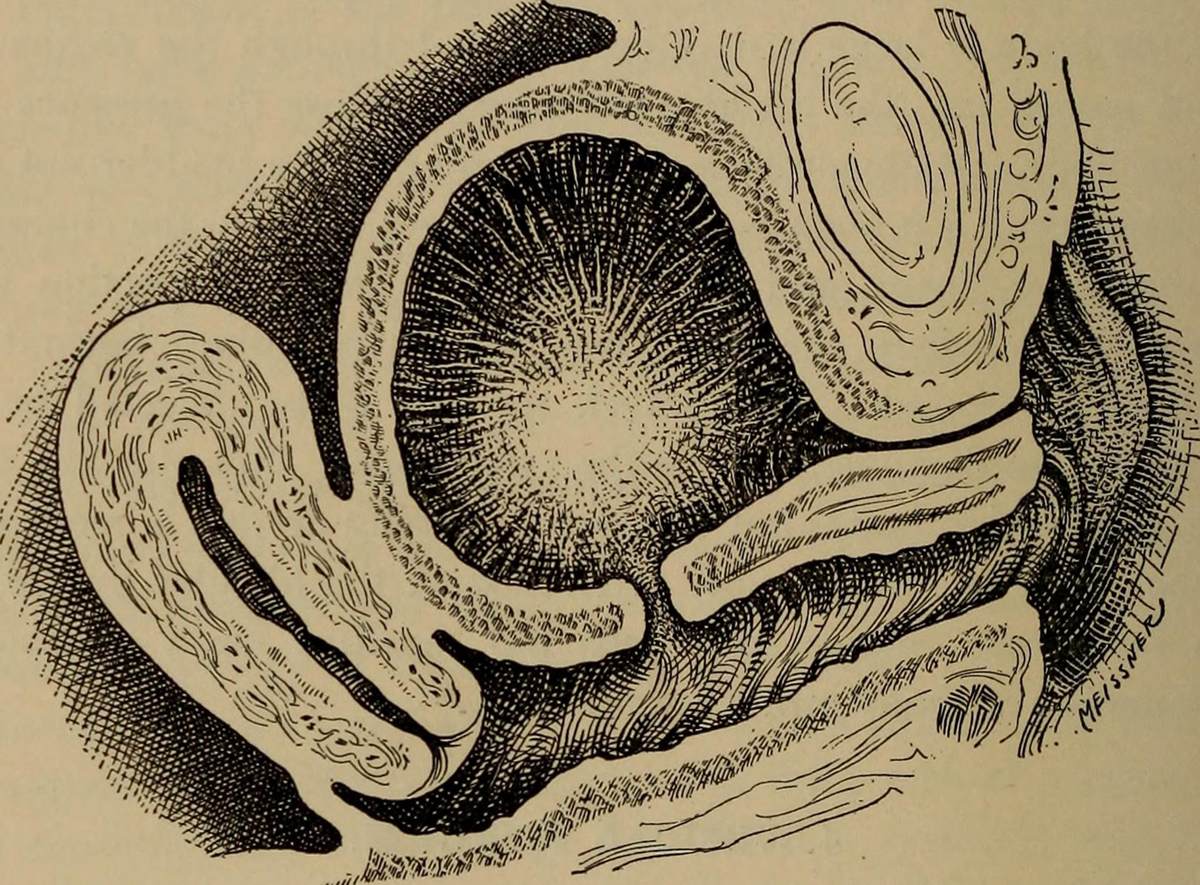
Vulvovaginitis
Vulvovaginitis is an inflammation of several parts of female genital organs including labia majora, labia minora, clitoris and/ or the entrance of the vagina. Apart from the previously mentioned vagina is inflamed as well. This medical condition basically affects women of all ages. The inflammation can be caused by bacteria, virus, fungi and certain parasites. Additional causes include sexually transmitted diseases. Vulvovaginitis occurs more in women who do not take care of proper genital hygiene.
Certainly the most common culprit of vulvovaginitis is Candida albicans. It mostly occurs after the patient has been treated with antibiotics. In vulvovaginal candidiasis women complain about intensive itching sensation around and inside the vagina and they may notice thick white discharge. In vulvovaginitis caused by bacteria vaginal discharge is typically yellow, grey or green with a strong and unpleasant odor. If vulvovagnitis is caused by Trichomonas vaginalis, vaginal discharge is heavy and may be yellow or green.
In some women vulvovaginitis is caused by the usage of certain soaps, bubble baths, etc. which may contain aggressive components. Irritation caused by these substances may additionally lead to infection.
Vulvovaginitis frequently occurs in menopausal women due to lack of estrogen. It may also accompany certain skin conditions of the vulva and the nearby structures.
Non-specific vulvovaginitis frequently affects young girls. It can be connected to either insufficient acidity of the vagina, which is typical for pre-puberty, or it is caused by lack of hygiene. It features with brownish or green discharge and intensive itching. This type of vulvovaginitis commonly occurs due to improper wiping after going to the toilet where girls wipe from back to front allowing the intestinal bacteria to enter the vagina and cause the infection.
Symptoms of Vulvovaginitis
Symptoms include irritation and inflammation of the vulva and entrance of the vagina. Inflammation leads to swelling, redness and intensive itching sensation. Vaginal discharge can be heavy and its color depends on the cause. Some women may complain about discomfort and burning when passing urine.
Diagnosis of Vulvovaginitis
Pelvic examination will give excellent insight in redness and swelling of the vulva and entrance to the vagina. Vaginal infection can be confirmed by microscopic evaluation or by a culture of vaginal discharge. In some cases if there are no symptoms and signs of infection, irritated area of the vulva may be biopted.
Treatment for Vulvovaginitis
Treatment for vulvovaginitis basically depends on the actual cause of the infection. It may include oral antibiotics, topical antibiotics, antifungal creams, cortisone cream, antihistamine and estrogen cream.
Adequate genital hygiene is essential during and after the treatment. To accelerate the process of healing the woman needs to wear cotton underwear during day and to remove underwear at bedtime.

















Your thoughts on this
Loading...